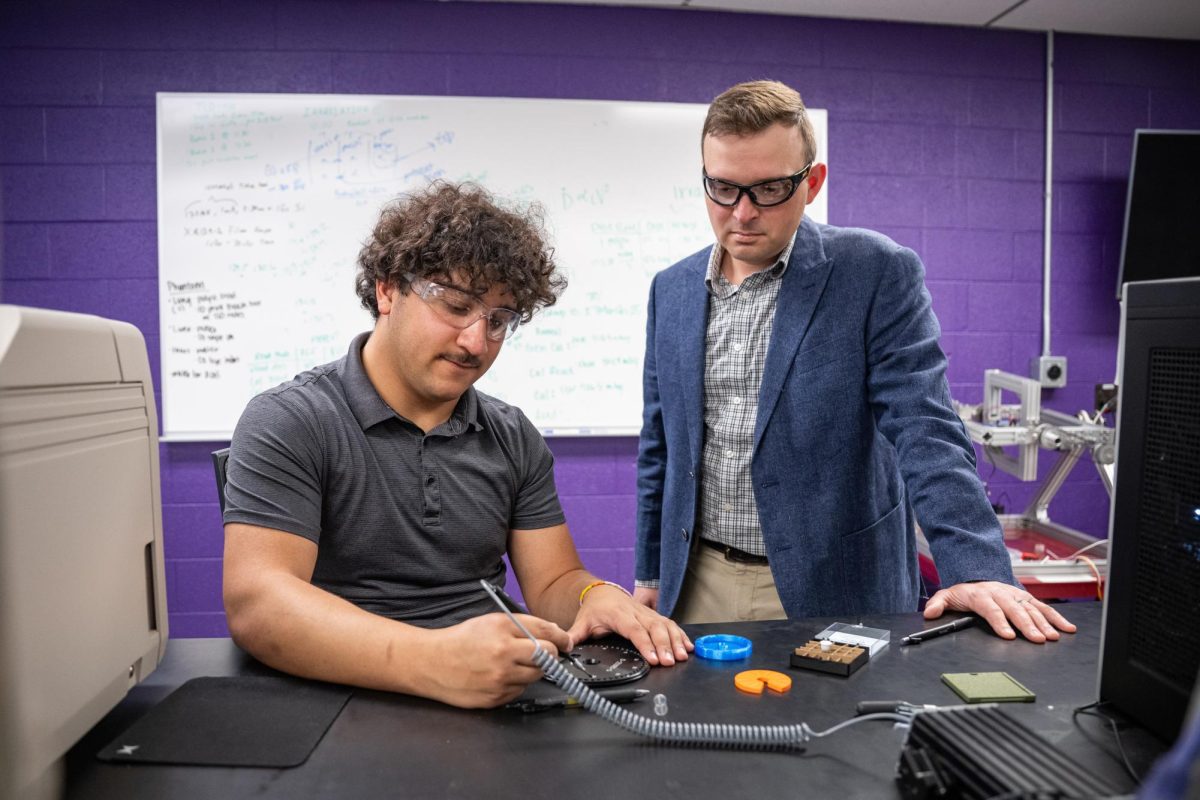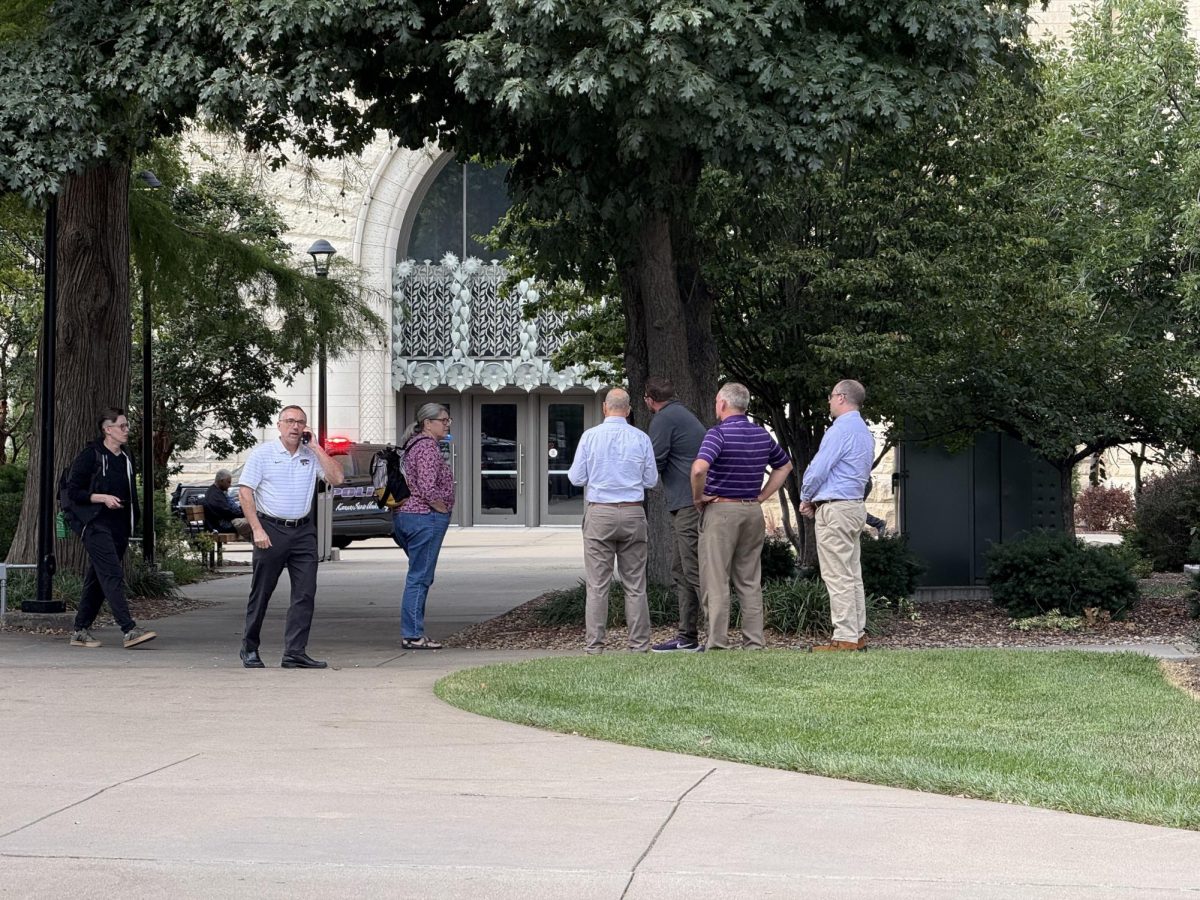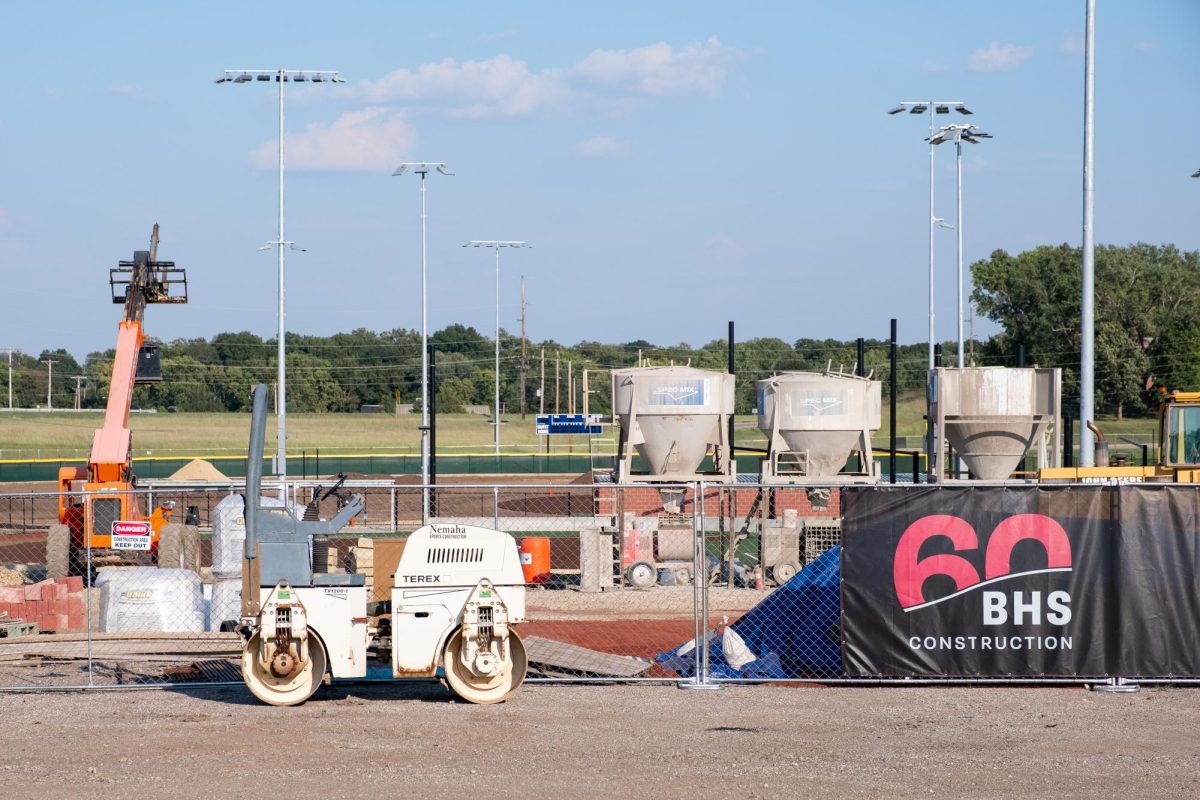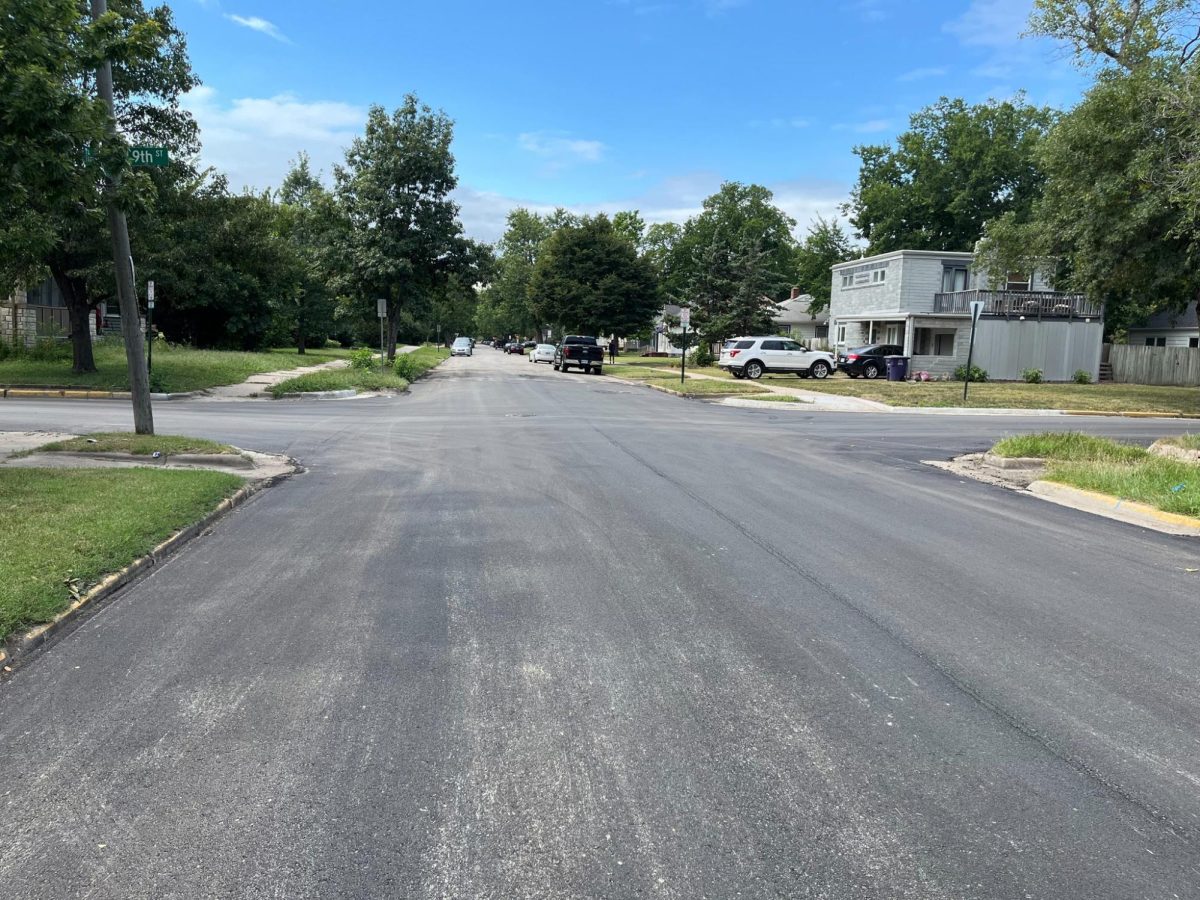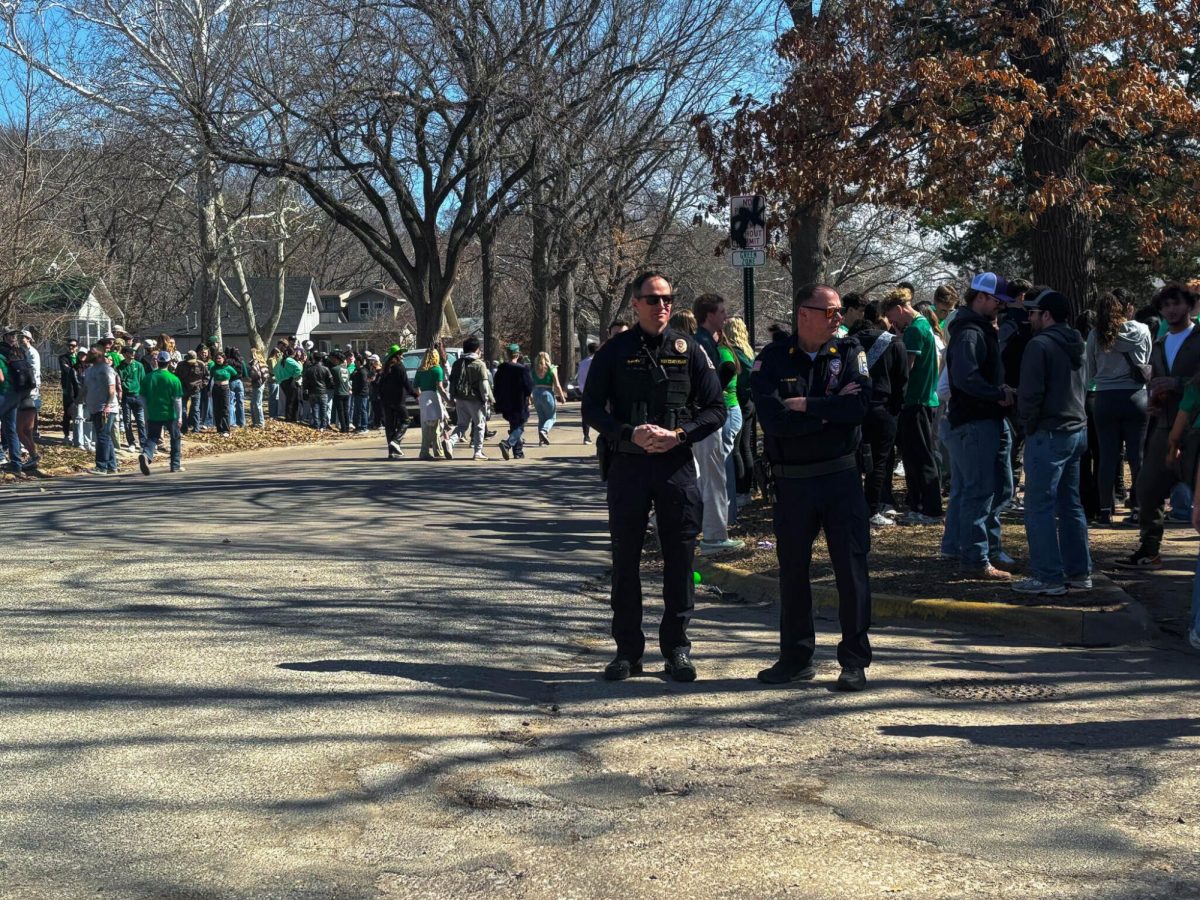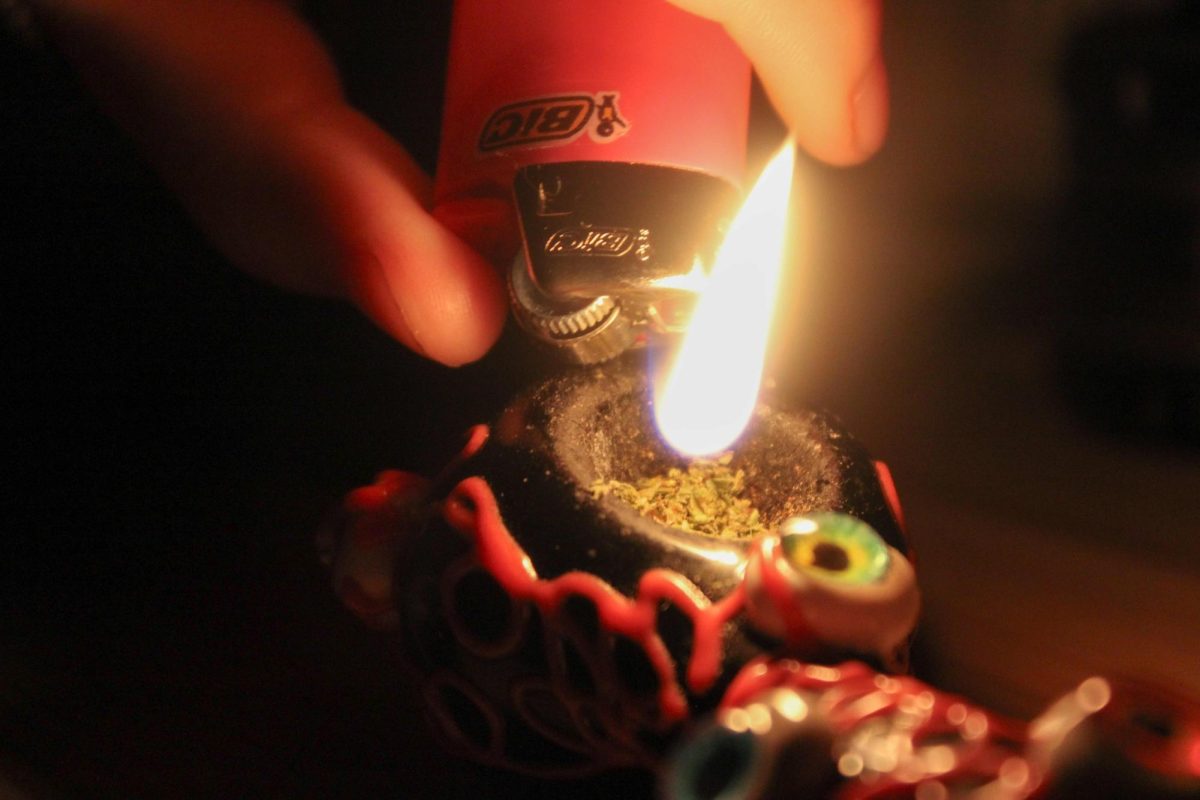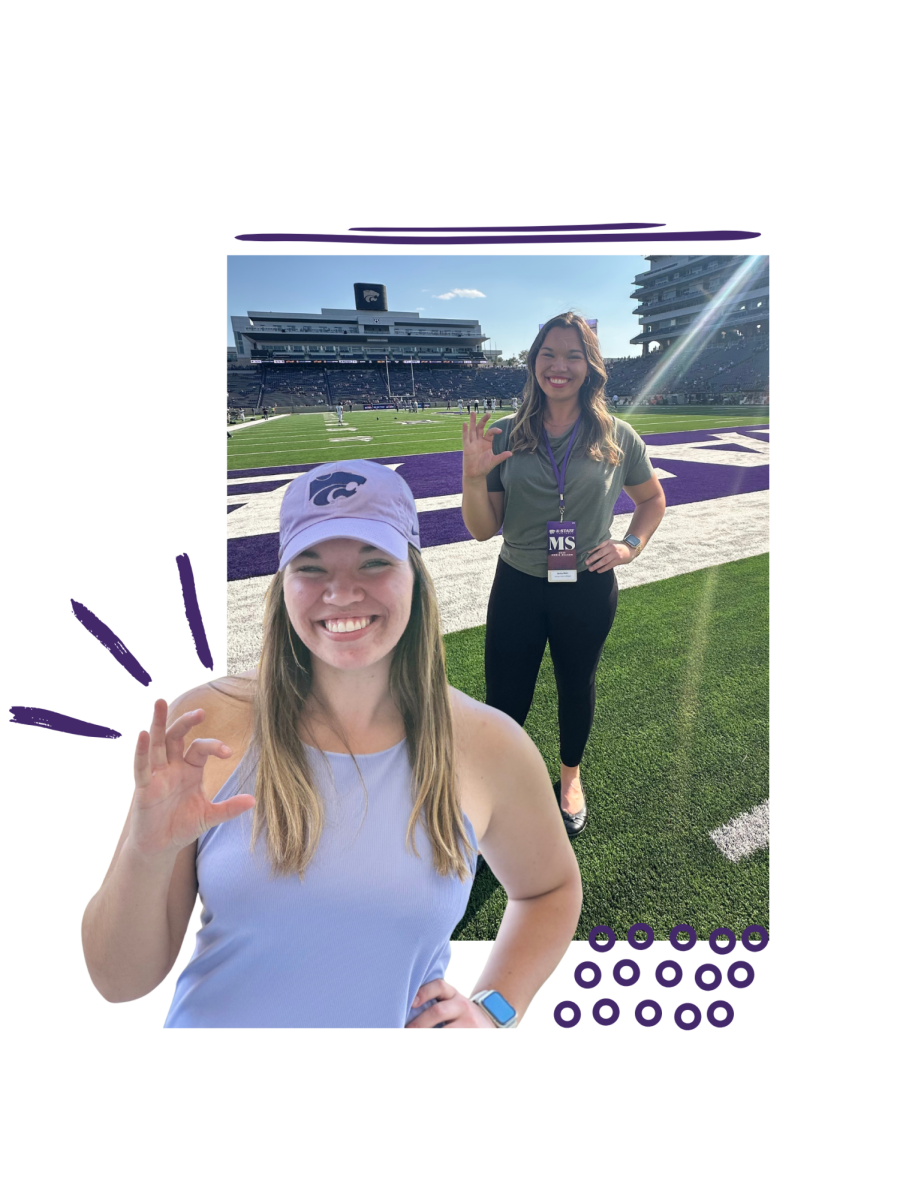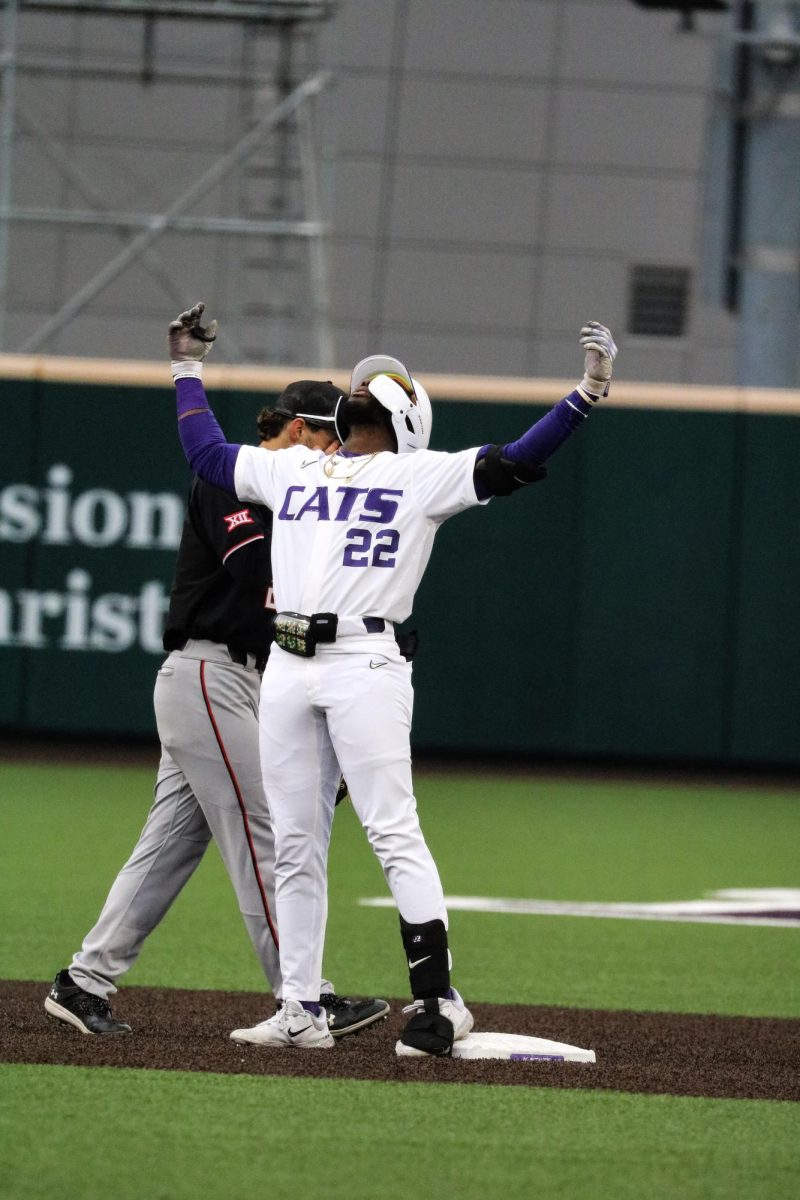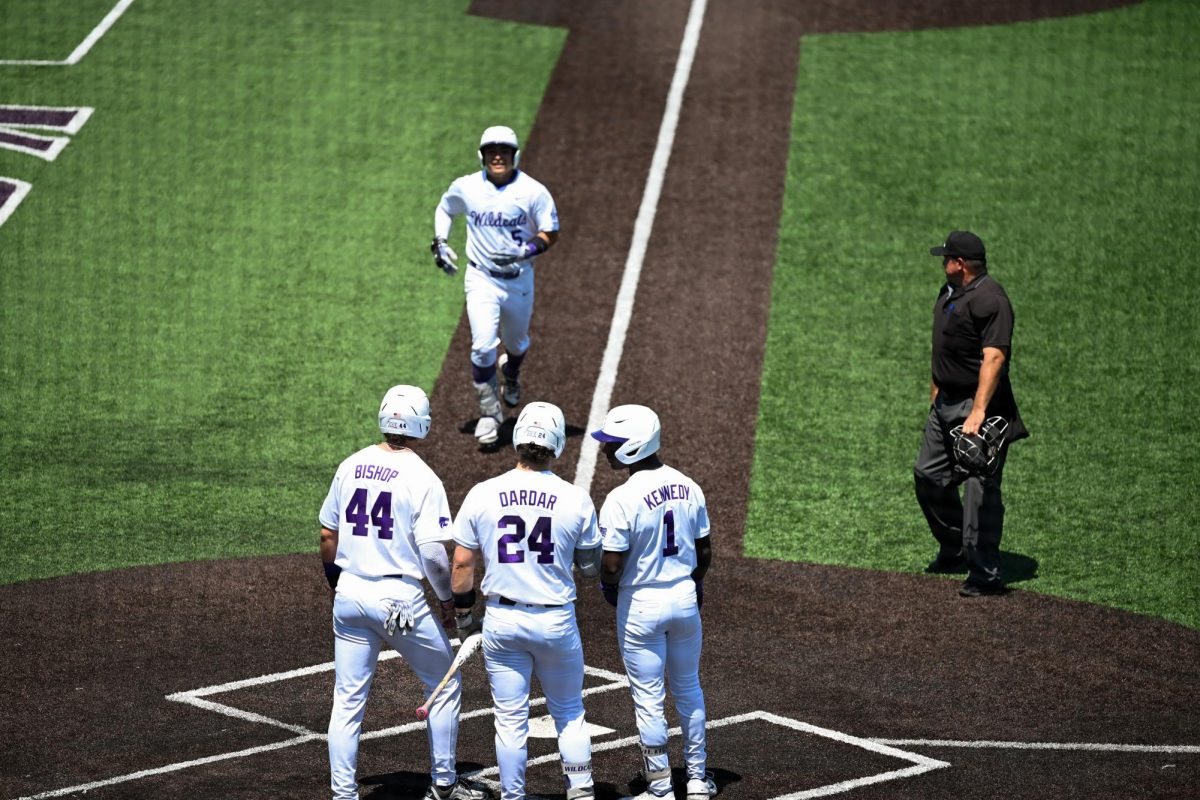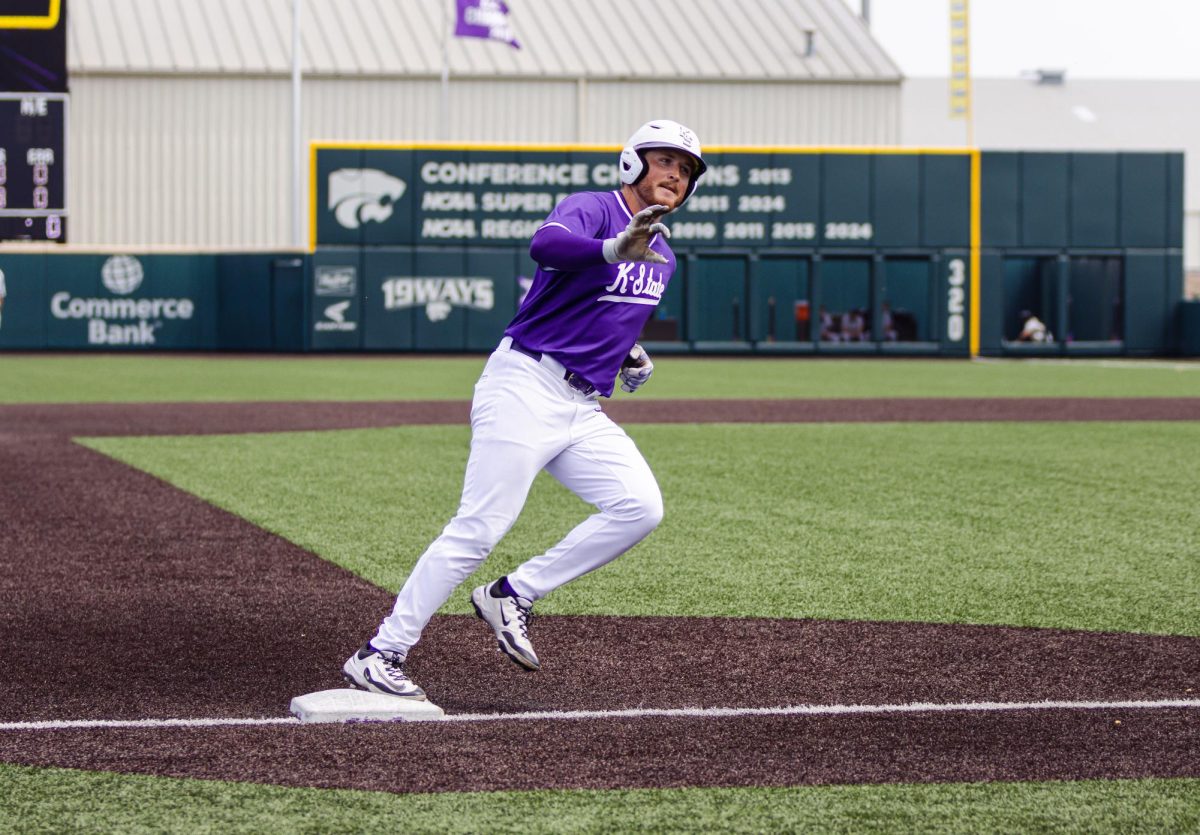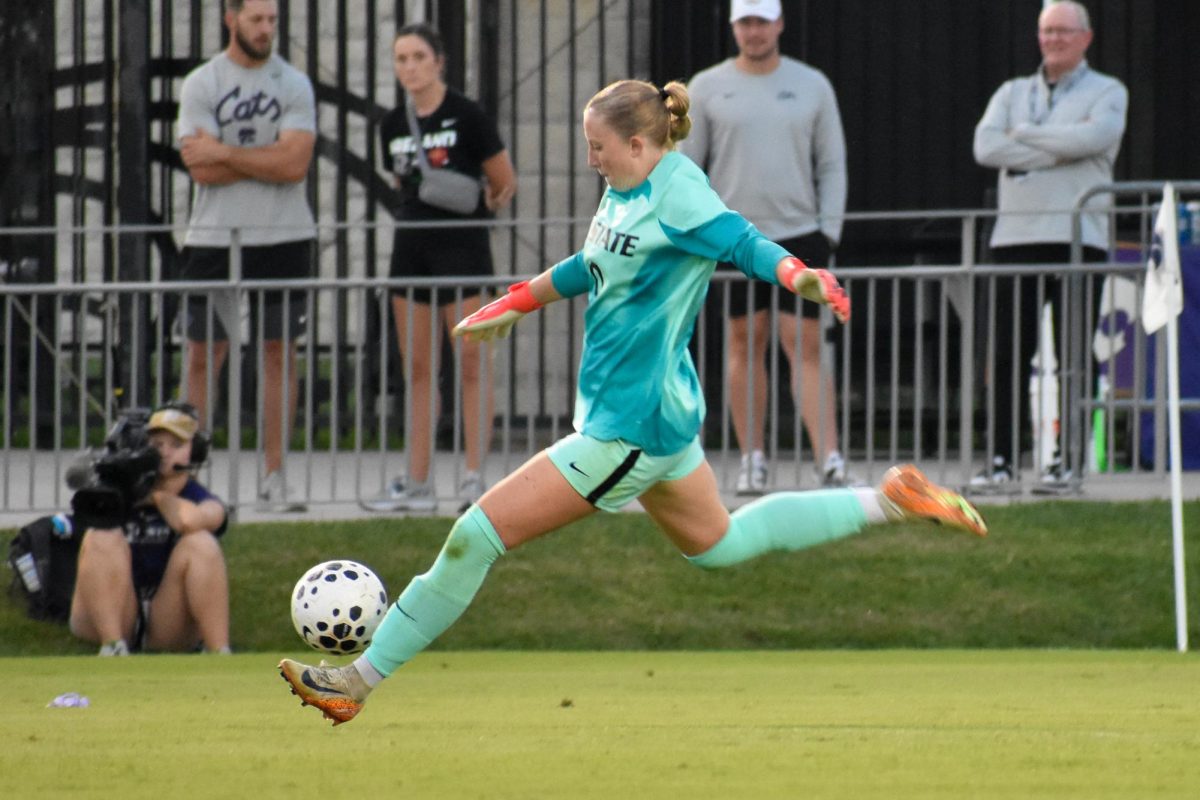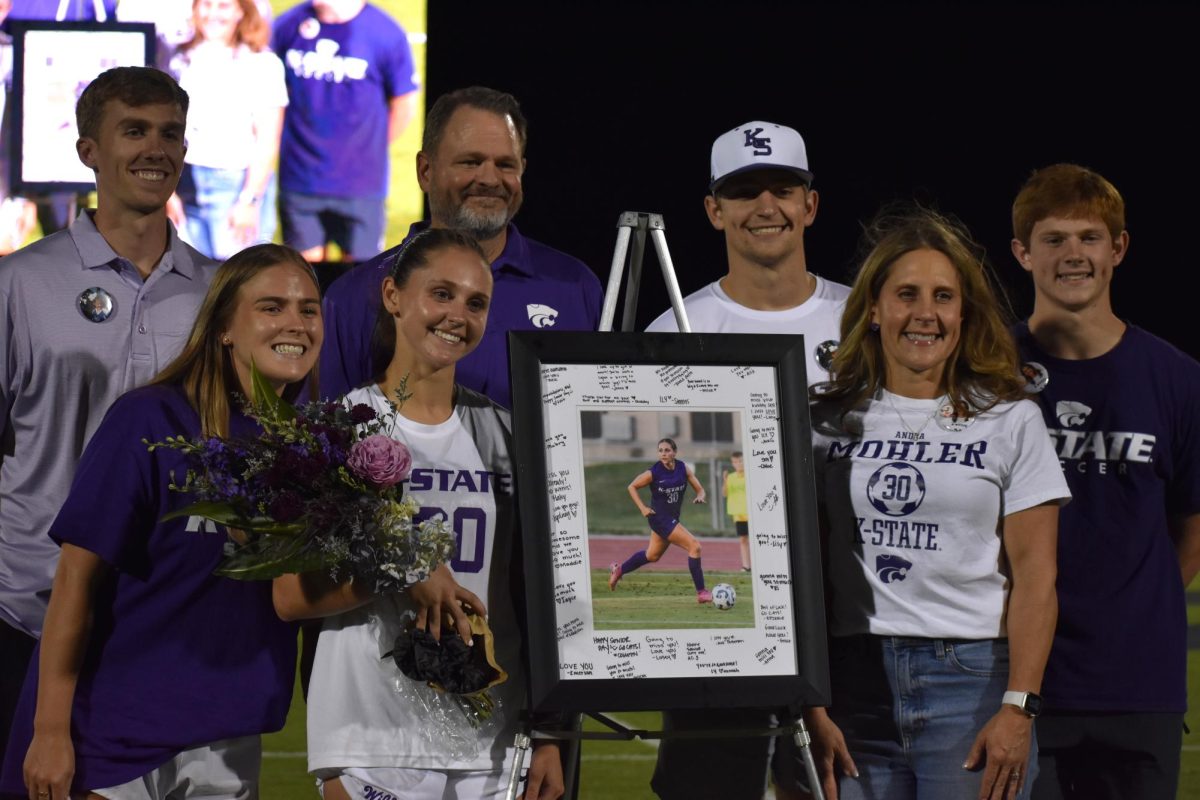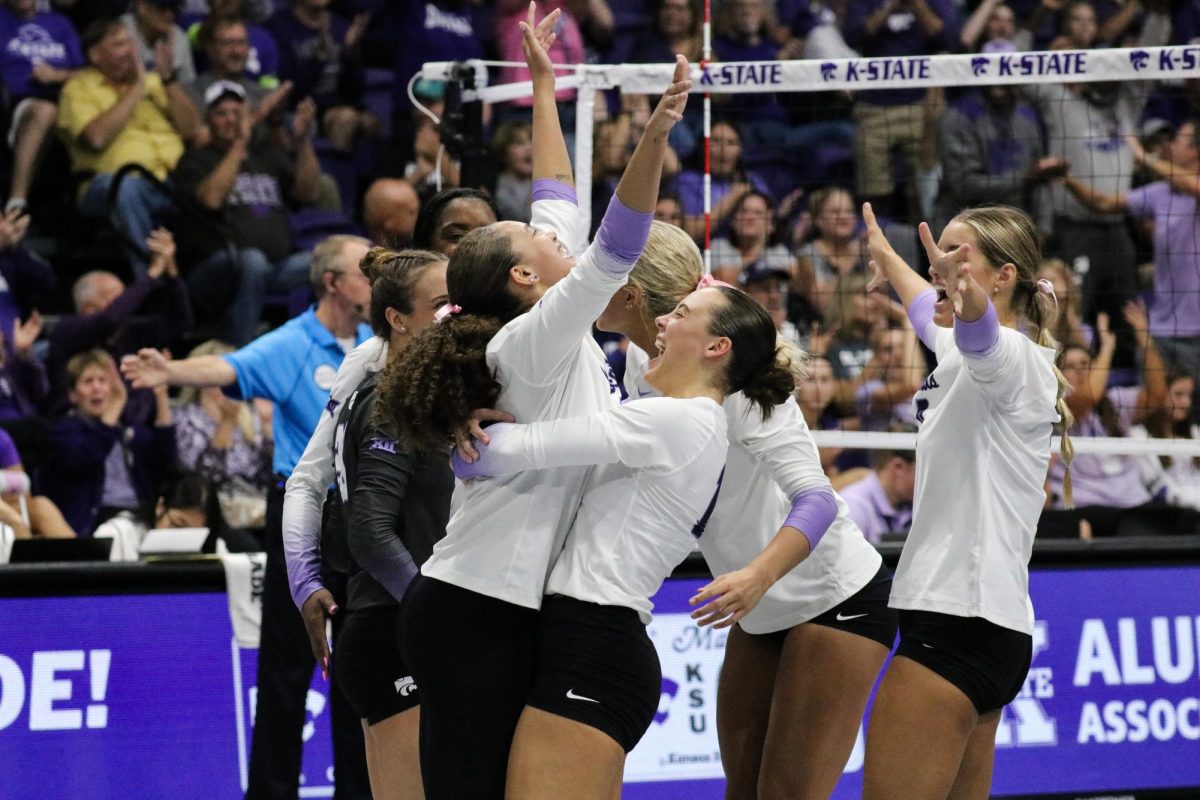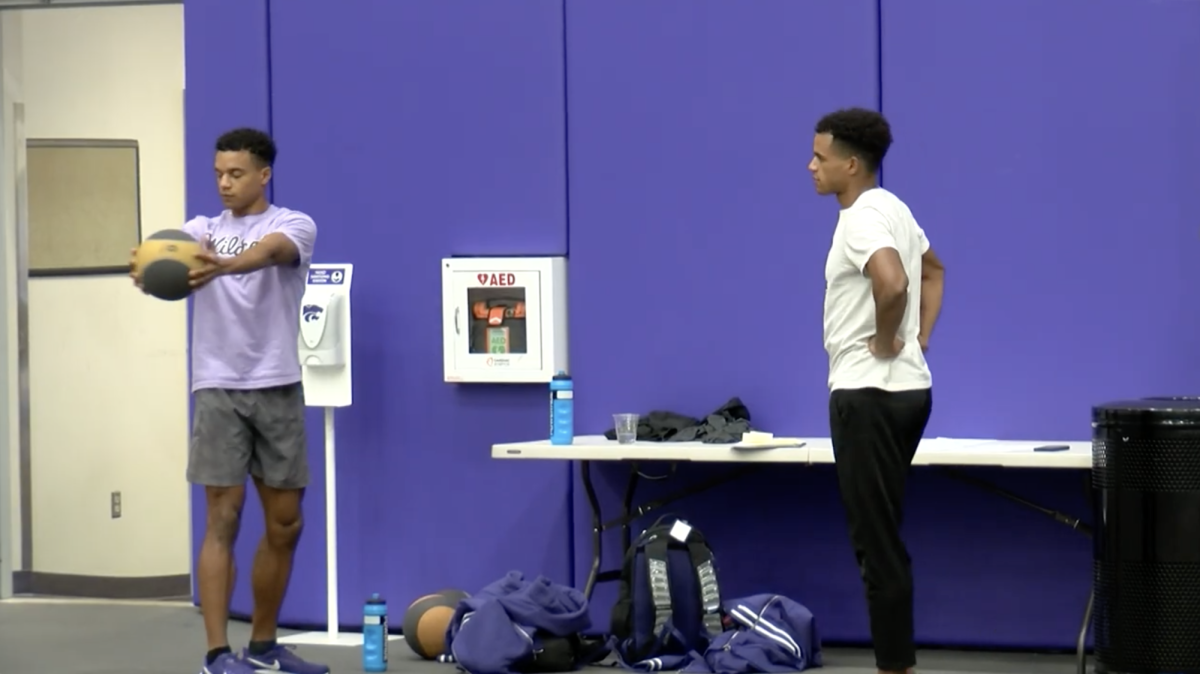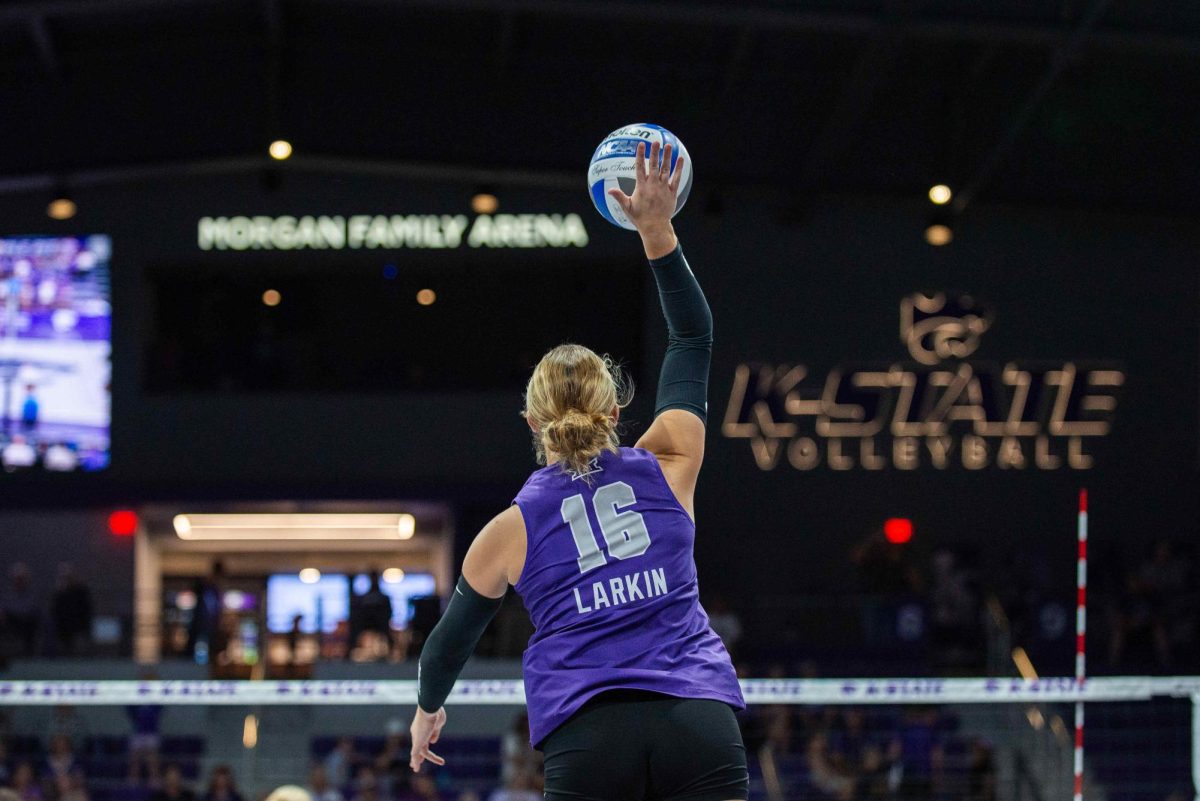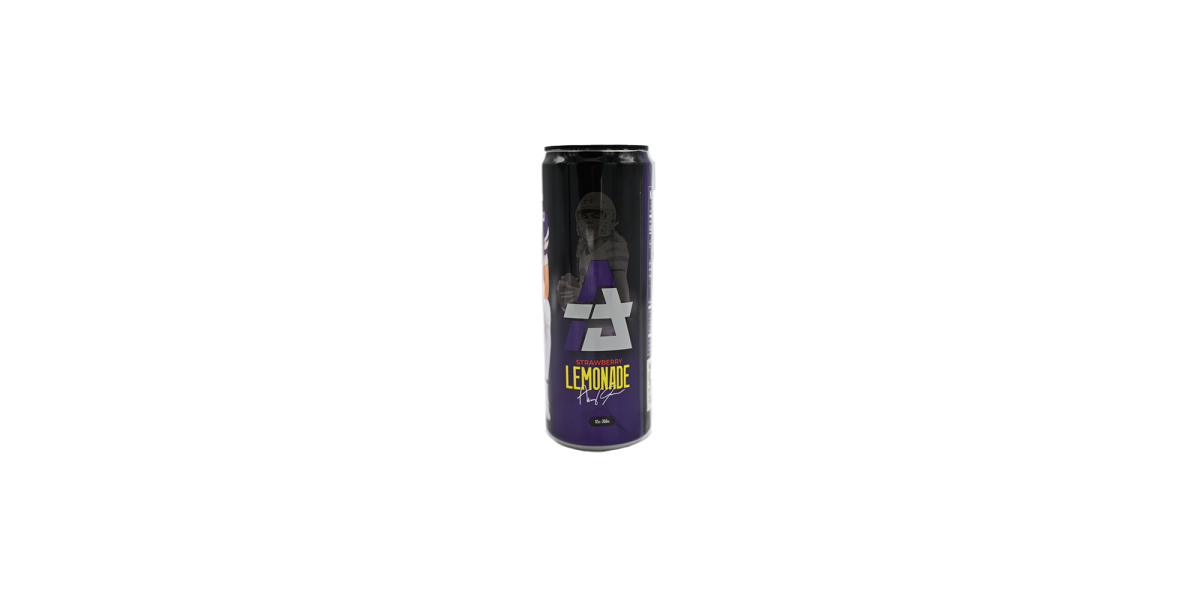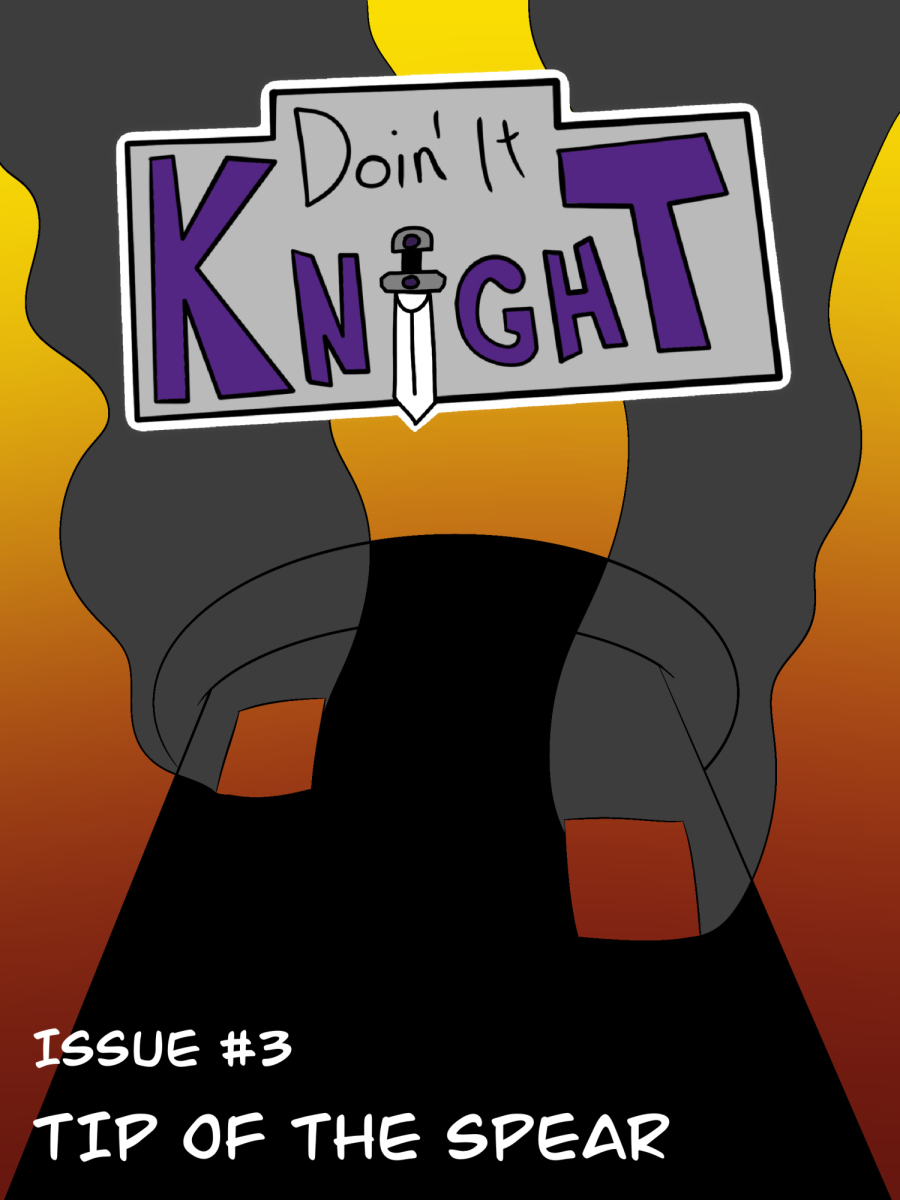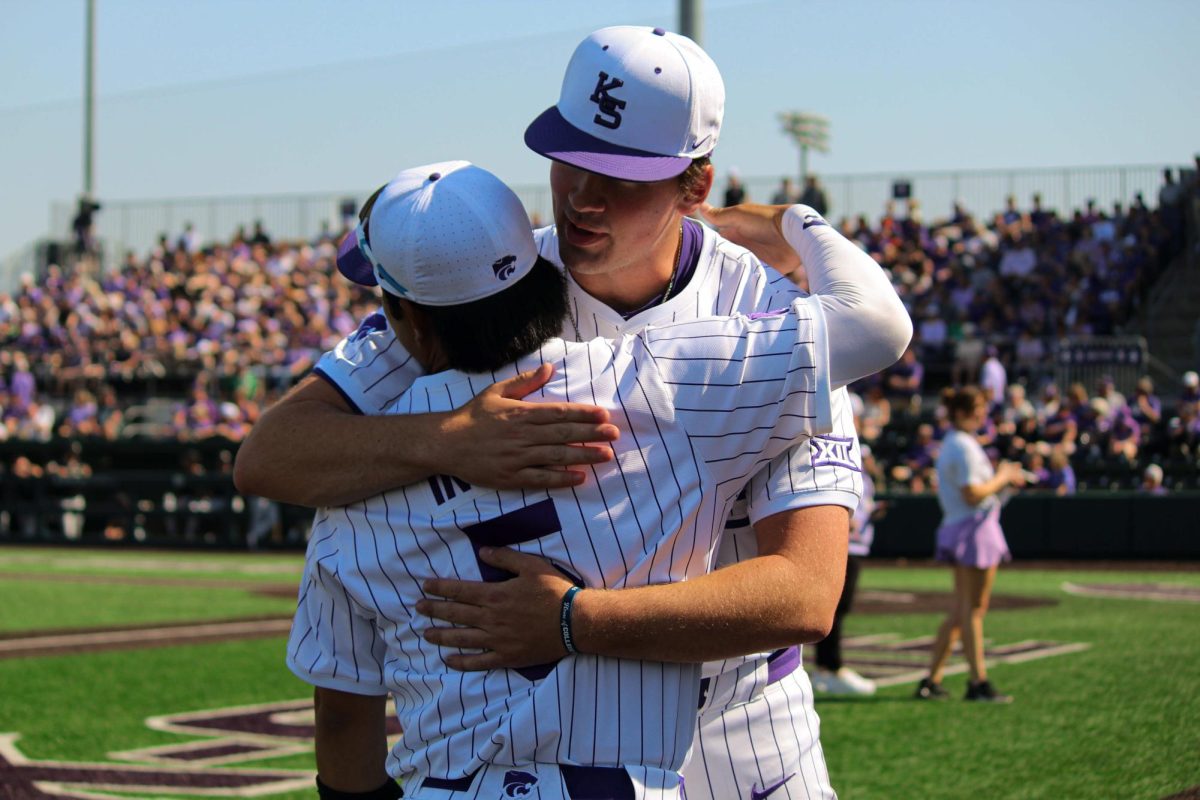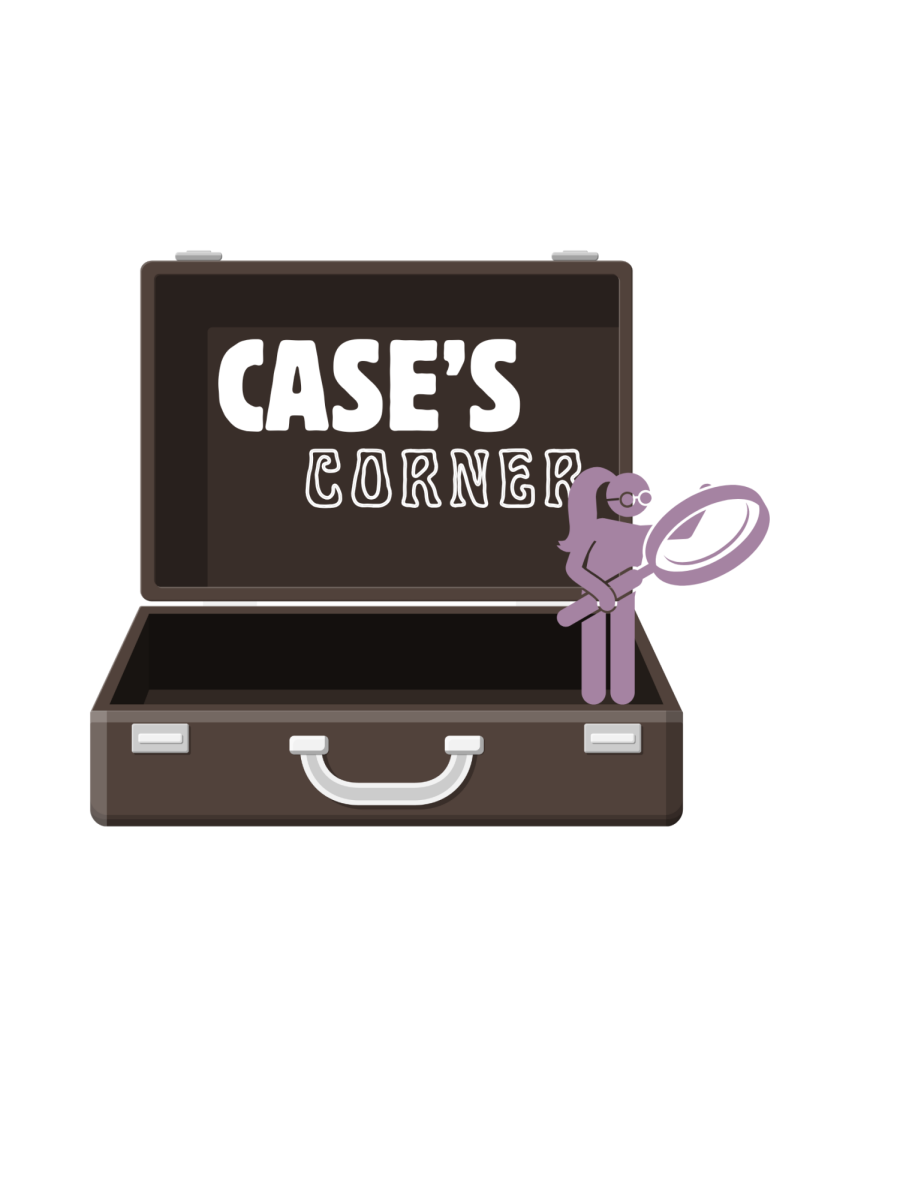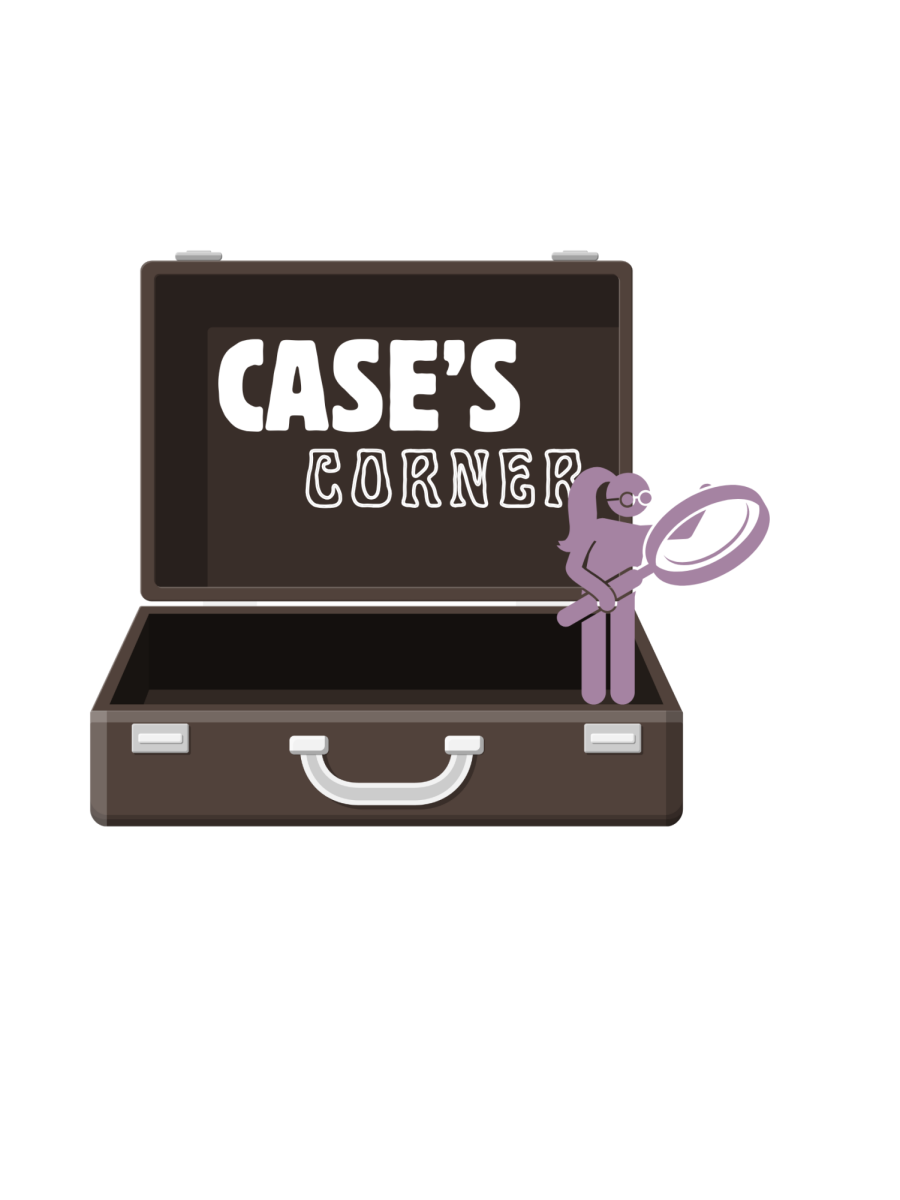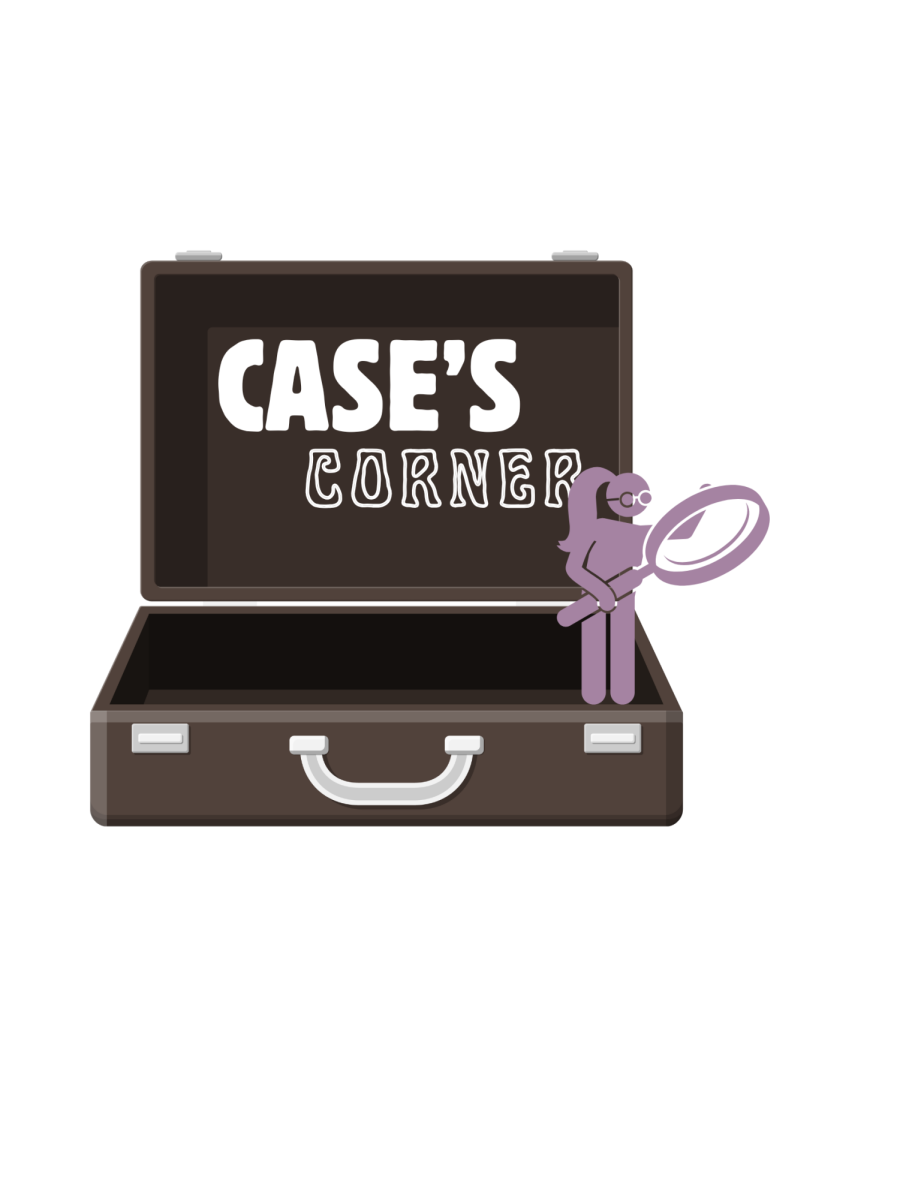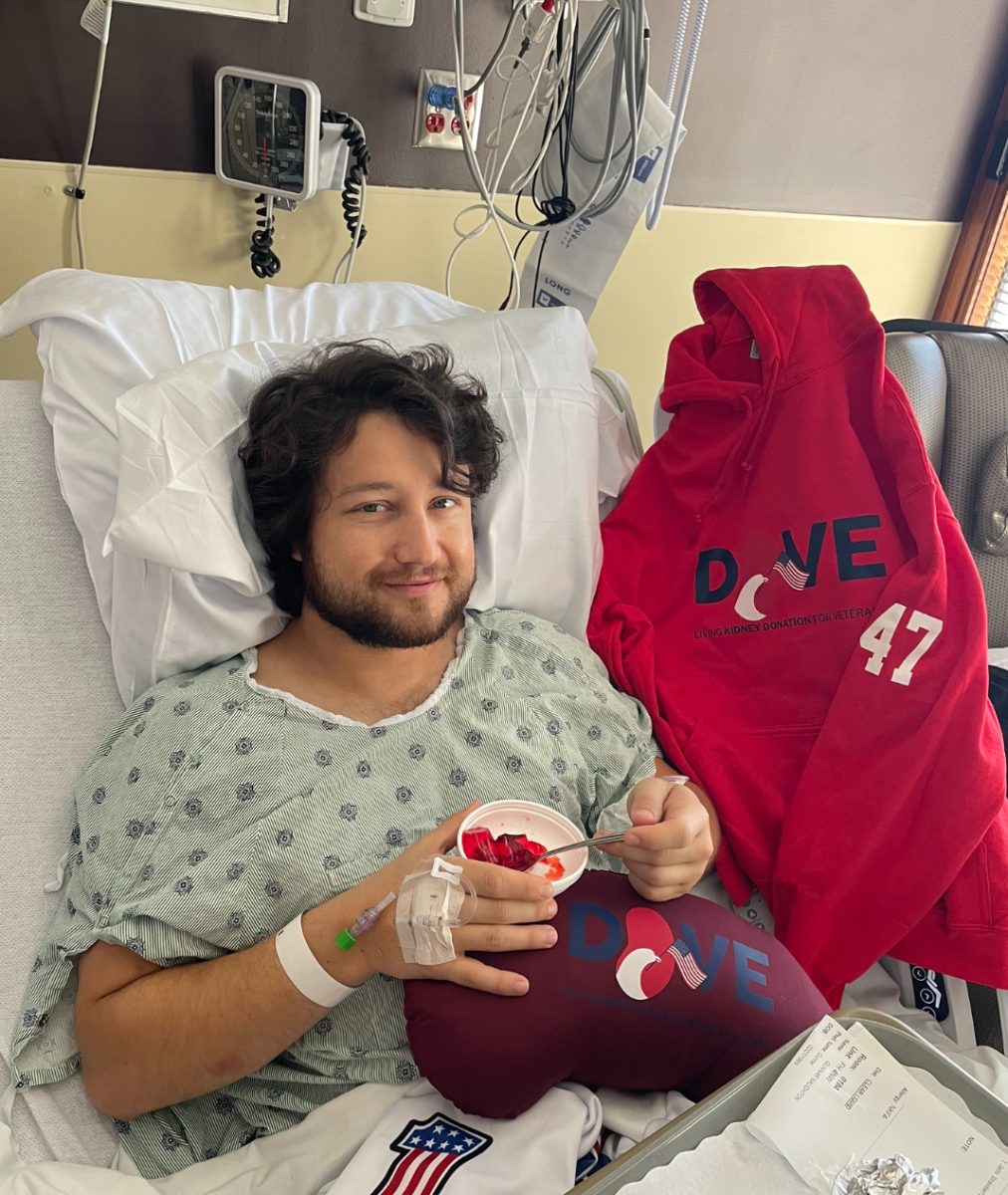On Aug. 27, the first of many “Save A Life” stations was installed and declared ready for use by the Morrison Family Center for Student Wellbeing.
Opioid overdoses affect many communities, including our local Manhattan and campus community. According to the Medical Society of Sedgwick County, in 2021, there was a spike in deaths caused by opioid overdoses in Kansas. The number of overdose deaths in Kansas between 2022 and 2023, however, dropped by 17%. According to the CDC, the decline in 2023 is partly due to harm-reduction policies.
“These safety stations are one of the first steps to spread awareness across the campus to help get everyone involved in helping to prevent and educate others about substance use in our campus community,” Chris Bowman, director of the Morrison Center, said.
The ‘Save A Life’ stations are equipped with fentanyl testing strips, naloxone (narcan) and educational pamphlets about how to help someone you think may be a victim of an opioid overdose.
Bowman said this safety station was received through a grant offered by the Sunflower Foundation under their Kansas Fights Addiction grant program. The Morrison Center plans to install additional stations across campus in high-traffic areas to increase access to and awareness of drug overdose prevention on the Kansas State campus. Not only this, but the station is equipped with various educational pieces to help inform passers by about how to help someone who may be experiencing an opioid overdose.
“The ‘Save A Life’ station that became available to students this week is located in the entryway of Lafene Health Center and access is limited to business operation hours of Lafene,” Bowman said. “The goal is for another 2-3 stations to be set up in more accessible locations and with extended hours of operations by the end of the fall semester.”
According to the CDC, the increase in awareness of how to help victims of an overdose, as well as increased access to life-saving tools such as narcan and fentanyl test strips, have contributed to the lower number of victims of opioid overdoses in recent years. However, many of us have never been taught how to respond in a situation where we see someone experiencing an opioid overdose. Thankfully, even without training, there are ways we can respond if someone we know is experiencing an overdose.
Opioids are drugs such as fentanyl, oxycodone, hydrocodone, codeine and morphine. According to the National Institute on Drug Abuse in 2021, these drugs are commonly prescribed to treat moderate to high levels of pain. According to TK Fights Fentanyl Inc., the signs of an opioid overdose include unconsciousness, constricted pupils, slow or shallow breathing, a faint heartbeat, pale skin, purple lips and fingernails and a snoring or rasping breath.
If you witness a friend or family member experiencing these symptoms, the most important thing is to call 9-1-1 and stay with them to wait for emergency services. Even with help from Narcan, many people need additional support from trained professionals to recover safely from an overdose.
The U.S. Centers for Disease Control and Prevention recommended in 2024 that Narcan be located if it is available. Narcan is found in the form of a nasal spray and is administered into one nostril. Narcan is not harmful to the body even if it is not experiencing an overdose, so it is better to administer Narcan out of precaution than to assume a potential victim doesn’t need it.
According to the National Institute of Drug Abuse in 2022, Narcan is a medication that can reverse opioid overdose symptoms by attaching to opioid receptors and blocking their effects. If there is no response after 2-3 minutes have passed since the initial dose of Narcan, give the victim another dose in the other nostril. After each dose, wait 2-3 minutes and administer additional doses until help arrives or the victim regains consciousness.
Narcan is not the only way to help the victim of an overdose. Emergency medical workers instruct bystanders to try to keep the victim awake and breathing. Additionally, those assisting should keep the victim on their side to prevent choking. Finally, stay with the person until emergency assistance arrives, but back away from their immediate vicinity if they wake up to provide more safety for both yourself and the victim, as the victim may be disoriented and unaware of their surroundings, causing them to become violent when waking up.
While these steps do not guarantee a smooth and easy recovery, they could save the life of a friend and prevent long-term damage from the intoxication.















